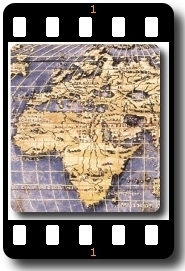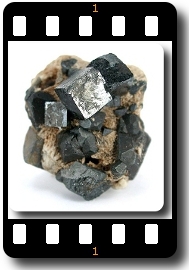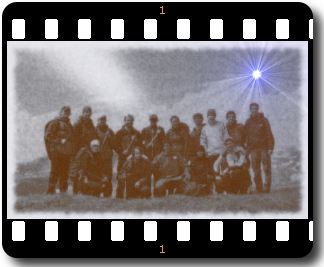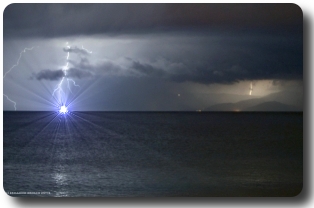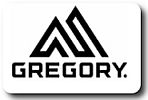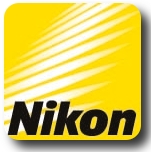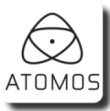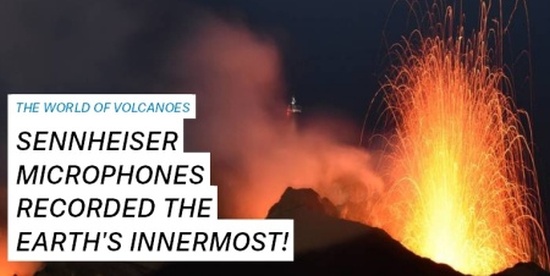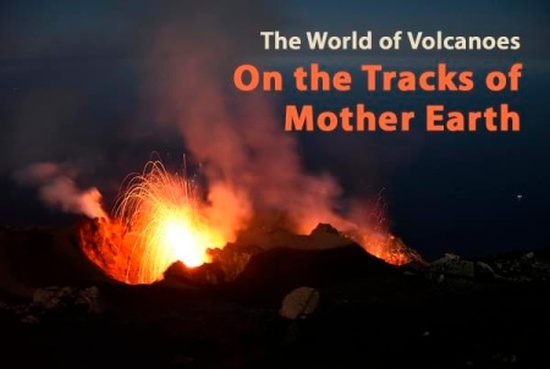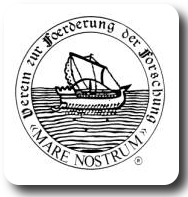
WORLD of VOLCANOES
( 2014 - 2026 )
Project of VFF Mare Nostrum Film Production ( a division of VFF Institute Mare Nostrum e.V. - Austria )
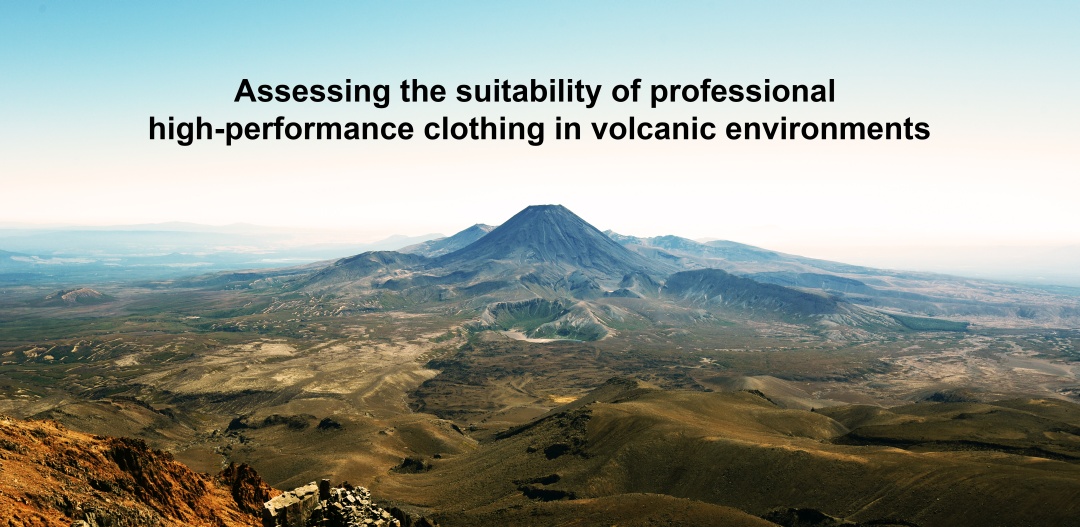
INFORMATION
| TEAM | INTERNATIONAL PARTNERS | ABOUT US |
CASE STUDIES |
  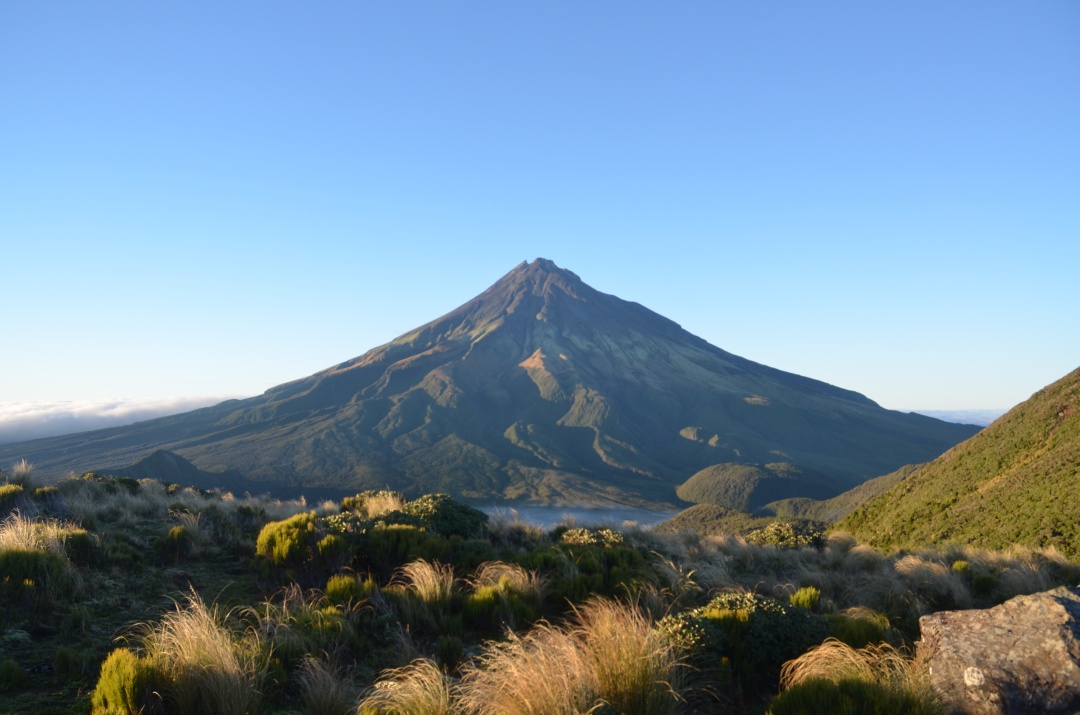 Taranaki ridges (New Zealand) 07/2019 Assessing the suitability of professional high-performance clothing in volcanic environments This self-funded project
is led by VFF Mare Nostrum eV (Austria) and will start in July 2023 and finish
in July 2025.
These investigations will be carried out in New Zealand by Dr. Ermanno Brosch (member of the VFF Mare Nostrum - board of directors) and his on-site support team. The types of outdoor apparel which will be assessed are primarily jackets and pants. When working in volcanic environments it is very important to be properly equipped for working in such hazardous settings to ensure safety and minimise hazards exposure. The sorts of investigated field activities will focus on two scenarios: - - Walking on volcanic terrain during heavy rain and wind episodes - - Rock sampling activities in wet and windy conditions The investigated parameters in-situ will encompass the following listed below which will be assessed on a scale from 0 (low) to 5 (high): - Waterproofness - - Windproofness - - Durability - - Mobility Note that due to health and safety regulations, this project will by no means conduct field activities in proximity of actively erupting volcanoes.
- - Exposure of outdoor apparel to dry abrasive volcanic ash (ambient temperature) in a free-fall scenario - - Prolonged exposure of outdoor apparel to an ash-water mixture (ash particles will be 2 micron in size) It is important for
people operating in challenging volcanic terrain that what they wear protective
clothing of durable and reliable quality. It has to withstand the forces of
nature – mainly rain and wind – and carrying gear, for instance: Geological
rock hammers, sharp chisels, and folding spades. These scenarios impact
the quality of working conditions and performance experienced when operating in
volcanic environments. |
||||
  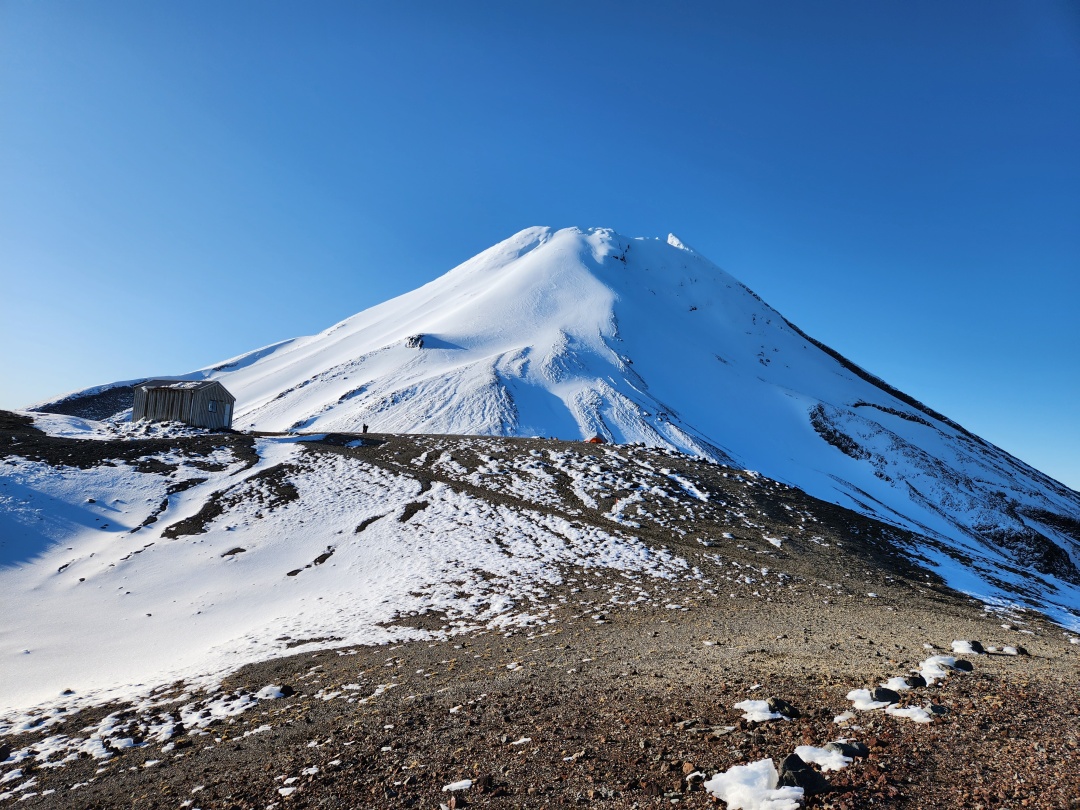 Taranaki (New Zealand) 11/2022 Bewertung der Eignung von professioneller Hochleistungskleidung in vulkanischen Gebieten.
Dieses
eigenfinanzierte Projekt wird von VFF Mare Nostrum eV (Österreich) geleitet und
wird im Juli 2023 beginnen und im Juli 2025 enden. Das Hauptziel besteht darin,
durch eine Reihe geplanter In-situ- und Labortests die Eignung von
Hochleistungskleidung zu bewerten, die von Geowissenschaftlern/Vulkanologen bei
der Arbeit auf rauem vulkanischem Gelände verwendet wird, und wie deren
Arbeitsbedingungen und Leistung durch die untersuchte Arbeitsschutzkleidung
beeinflusst werden.
Diese Untersuchungen werden in Neuseeland von VFF
Mare Nostrum’s Dr. Ermanno Brosch und seinem Support-Team
vor Ort durchgeführt. Bewertet werden vor allem Jacken und Hosen im Outdoorbereich. Bei der Arbeit in vulkanischen Umgebungen ist es sehr wichtig für die Arbeit in solchen gefährlichen Umgebungen richtig ausgerüstet zu sein, um die Sicherheit zu gewährleisten und die Gefährdung zu minimieren. Die Art der untersuchten Feldaktivitäten konzentriert sich auf zwei Szenarien: - Wandern auf vulkanischem Terrain bei starken Regen- und Windepisoden - Gesteinsprobennahmen bei nassen und windigen Bedingungen Die untersuchten Parameter vor Ort umfassen die folgenden aufgeführten Parameter, die auf einer Skala von 0 (niedrig) bis 5 (hoch) bewertet werden: - - Wasserdichtigkeit - - Winddichtigkeit - - Haltbarkeit - - Mobilität Beachten Sie, dass dieses Projekt aufgrund von Gesundheits- und Sicherheitsvorschriften auf keinen Fall Feldaktivitäten in der Nähe aktiv ausbrechender Vulkane durchführen wird. Darüber hinaus, sind zwei Arten von Laborexperimenten geplant, um die In-situ-Beobachtungen zu ergänzen: - - Aussetzen von Outdoor-Bekleidung gegenüber trockener, abrasiver Vulkanasche (Umgebungstemperatur) in einem Freifall-Szenario - - Längerer Kontakt von Outdoor-Bekleidung mit einem Asche-Wasser-Gemisch (Aschepartikel haben eine Größe von 2 Mikron) Für Personen, die in anspruchsvollem vulkanischem Gelände arbeiten, ist es wichtig, dass sie Schutzkleidung von dauerhafter und zuverlässiger Qualität tragen. Diese müssen den Naturgewalten – vor allem Regen und Wind – standhalten und ohne Probleme den Transport von Ausrüstung aushalten: Geologische Steinhämmer, scharfe Meißel und Klappspaten. Outdoor-Bekleidung, die unter solchen widrigen Umgebungsbedingungen verwendet wird, muss auch einem möglichen Ausrutschen und Fallen auf abrasivem und scharfkantigem vulkanischem Boden standhalten. Außerdem müssen alle Taschen den Elementen standhalten, um sicherzustellen, dass tragbare Geräte wie GPS, Telefone, geologische Kompasse oder Handlinsen für Gesteinsinspektionen trocken bleiben. Diese Szenarien wirken sich auf die Qualität der Arbeitsbedingungen und die Leistung aus, die bei Arbeit in vulkanischen Umgebungen auftreten. Daher soll der vorgeschlagene In-situ- und Labor-Untersuchungsansatz dieses Projekts dazu beitragen, die Eignung von auf dem Markt erhältlicher professioneller Hochleistungskleidung für wissenschaftliche Missionen in vulkanischen Umgebungen zu bewerten. |
||||
 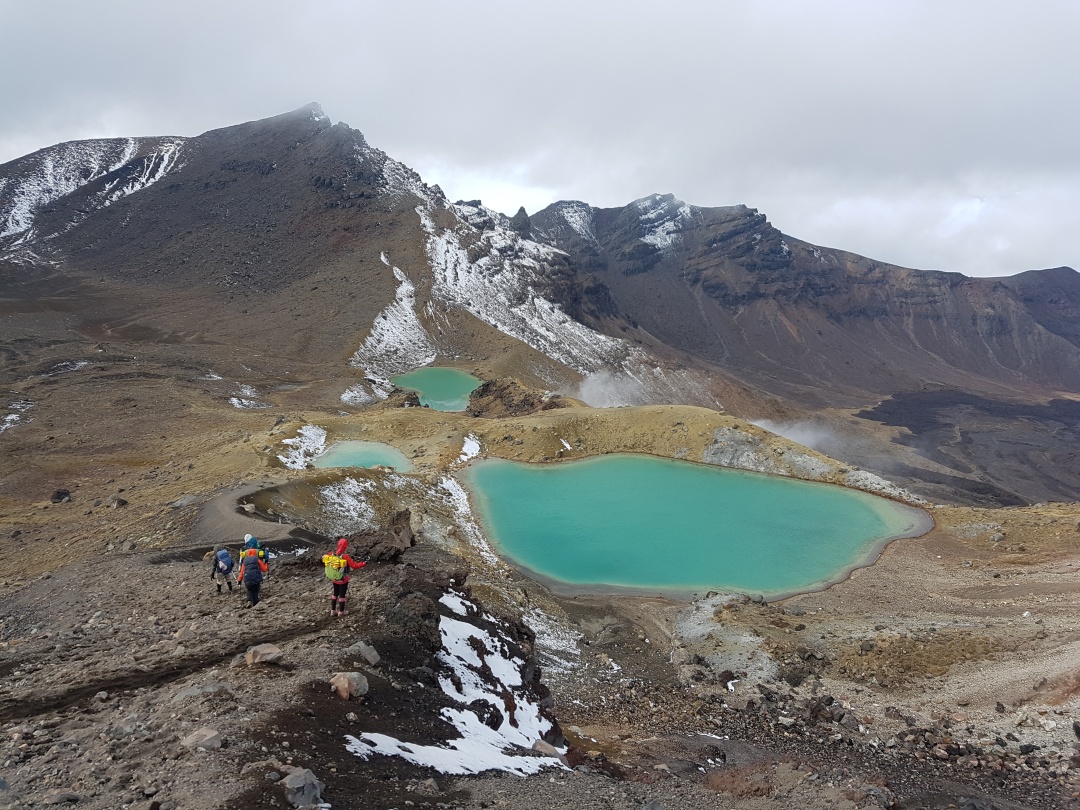 Tongariro (New Zealand) 12/2018
Évaluation
des aptitudes aux zones volcaniques de vêtements professionnels de haute
performance dans des zones
L'objectif
principal est d'évaluer, au moyen d'une série de tests planifiés in situ et en
laboratoire, les aptitudes de vêtements de haute performance utilisés par les
géoscientifiques/volcanologues travaillant sur des terrains volcaniques, et la
manière dont leurs conditions de travail et leurs performances sont influencées
par les vêtements de travail examinés. L'évaluation porte principalement sur les vestes et les pantalons d'extérieur. Dans les environnements volcaniques, il est très important d'être correctement équipé pour travailler dans de tels environnements dangereux afin de garantir la sécurité et de minimiser les risques. Les types d’activités examinés relèvent des deux scénarios suivants : - Randonnée sur le terrain volcanique lors d'épisodes de pluie et de vent intenses. - - Échantillonnage de roches dans des conditions humides et venteuses. Les paramètres in situ étudiés sont les suivants, qui seront évalués sur une échelle allant de 0 (faible) à 5 (élevé) : - - Imperméabilité à l'eau - - Imperméabilité au vent - - Durabilité - - Mobilité Veuillez noter qu’en raison des règles de santé et de sécurité, ce projet n'entreprendra en aucun cas des activités de terrain à proximité de volcans en éruption active. Par ailleurs, deux types d’expérimentés en laboratoire sont planifiés afin de complémenter les analyses in situ : - - Exposition de vêtements d’extérieur à des cendres volcaniques sèches et abrasives (température ambiante) dans un scénario de chute libre - - Exposition prolongée de vêtements d’extérieur à un mélange de cendres et d'eau (les particules de cendres ont une taille de 2 microns) Pour les personnes qui travaillent sur des terrains volcaniques exigeants, il est important de porter des vêtements de protection de qualité durable et fiable. Ces vêtements doivent résister aux forces de la nature – en particulier à la pluie et au vent – et supporter sans problème le transport d'équipement, tels que des marteaux de pierre géologique, des burins tranchants ou des pelles pliantes. Les vêtements d’extérieur utilisés dans de telles conditions doivent également résister à d'éventuelles glissades et chutes sur des sols volcaniques abrasifs et tranchants. En outre, les poches doivent être résistantes afin de garantir que les appareils portables, tels que GPS, téléphones, boussoles géologiques ou lentilles à main pour l’inspection des roches, restent toujours au sec. Ces
scénarios ont un impact sur la qualité des conditions de travail et sur les
performances rencontrées lors du travail dans des environnements volcaniques.
Par conséquent, l’approche d'étude proposée dans le cadre de ce projet, qui
comporte des analyses in situ et en laboratoire, vise à contribuer à l’évaluation
des aptitudes de vêtements professionnels de haute performance disponibles sur
le marché pour les missions scientifiques dans des environnements volcaniques. |
||||
 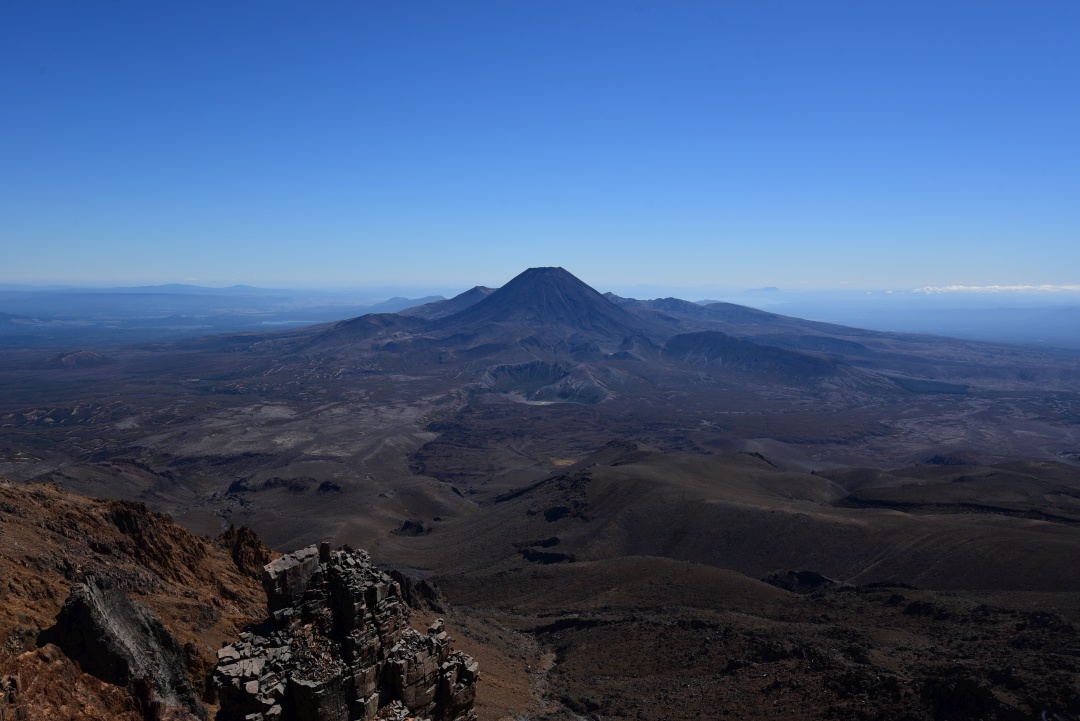 Ngauruhoe and Tongariro (New Zealand) 02/2022 Test di idoneità per abbigliamento professionale ad alte prestazioni per impiego in zone vulcaniche
Questo
progetto autofinanziato è condotto da VFF Mare Nostrum eV (Austria) ed inizierà
a luglio 2023 e terminerà a luglio 2025. L'obiettivo principale è valutare, attraverso una serie di test pianificati in situ e in laboratorio, l'idoneità di abbigliamento ad alte prestazioni utilizzato da Geoscienziati/vulcanologi mentre operano su terreni vulcanici accidentati, ed in che modo le loro condizioni di lavoro e prestazioni sono influenzate dall'abbigliamento da lavoro protettivo ispezionato.
I vari protocolli di test tecnici saranno condotti in Nuova Zelanda dal Dr. Ermanno Brosch (membro del CDA dell'Istituto VFF Mare Nostrum ) assieme al suo team
di supporto tecnico-logistico in loco. I tipi di
abbigliamento outdoor che saranno valutati sono principalmente giacche e
pantaloni. Quando si lavora in ambienti vulcanici è molto importante essere adeguatamente attrezzati per lavorare in tali ambienti pericolosi per garantire la sicurezza e ridurre al minimo l'esposizione ai rischi. I tipi di attività sul campo indagate si concentreranno su due scenari: - - Camminare su terreni vulcanici durante forti piogge e episodi di vento - - Attività di campionamento di roccia vulcanica in condizioni di pioggia e vento I parametri indagati in situ comprenderanno i seguenti che saranno valutati su una scala da 0 (basso) a 5 (alto): - - Impermeabilità - - Antivento - - Durabilitá - - Mobilità Si noti che a causa delle norme di sicurezza, questo progetto non condurrà in alcun modo attività sul campo in prossimità di vulcani attivi in eruzione. Sono previsti due tipi di esperimenti di laboratorio per integrare le osservazioni in situ: - - Esposizione di abbigliamento a ceneri vulcaniche abrasive secche (temperatura ambiente) in uno scenario di caduta libera - - Esposizione prolungata di abbigliamento ad una miscela di cenere e acqua (le particelle di cenere avranno una dimensione di 2 micron) È importante
per le persone che operano in terreni vulcanici impegnativi di indossare
abbigliamenti protettivi di qualità durevole e affidabile. Devono resistere le
forze della natura – principalmente pioggia e vento – ed all trasporto di
attrezzatura, ad esempio: martelli geologici, scalpelli affilati e vanghe
pieghevoli. L'abbigliamento outdoor utilizzato in tali condizioni ambientali avverse deve anche resistere a potenziali scivolamenti e cadute su terreni vulcanici abrasivi e affilati. Inoltre, tutte le tasche devono essere resistenti per garantire che dispositivi portatili come GPS, telefoni, bussole geologiche o lenti d’ingrandimento per le ispezioni di rocce rimangano asciutti. Questi
scenari hanno un impatto sulla qualità e sulle prestazioni di lavoro quando si
opera in ambienti vulcanici. Pertanto, l'approccio investigativo in situ e di
laboratorio proposto in questo progetto aiuterà a valutare l'idoneità
dell'abbigliamento professionale ad alte prestazioni disponibile sul mercato
adeguato per missioni scientifiche in ambienti vulcanici. |
||||
TEAM ( Thoughts of brave explorers ) |
||||
Our VFF Institute´s studies have started from examination of ancient documents issued by pioneer explorers of the fifteenth century who issued geographical maps of the known parts of the world. Further studies have focussed on the reasons which stimulated explorers to travel to unknown areas in order to study the “mystery of volcanoes” . Today
thanks to satellites
and
other technology the ancient pioneer spirit is only a memory of past
times. Video
films made by such research teams
are all very similar as they try to demonstrate the giant power and
huge energy
of volcanoes but not what hawks and other birds can see from above .
Mount Vesuvius (Italy) 2014
|
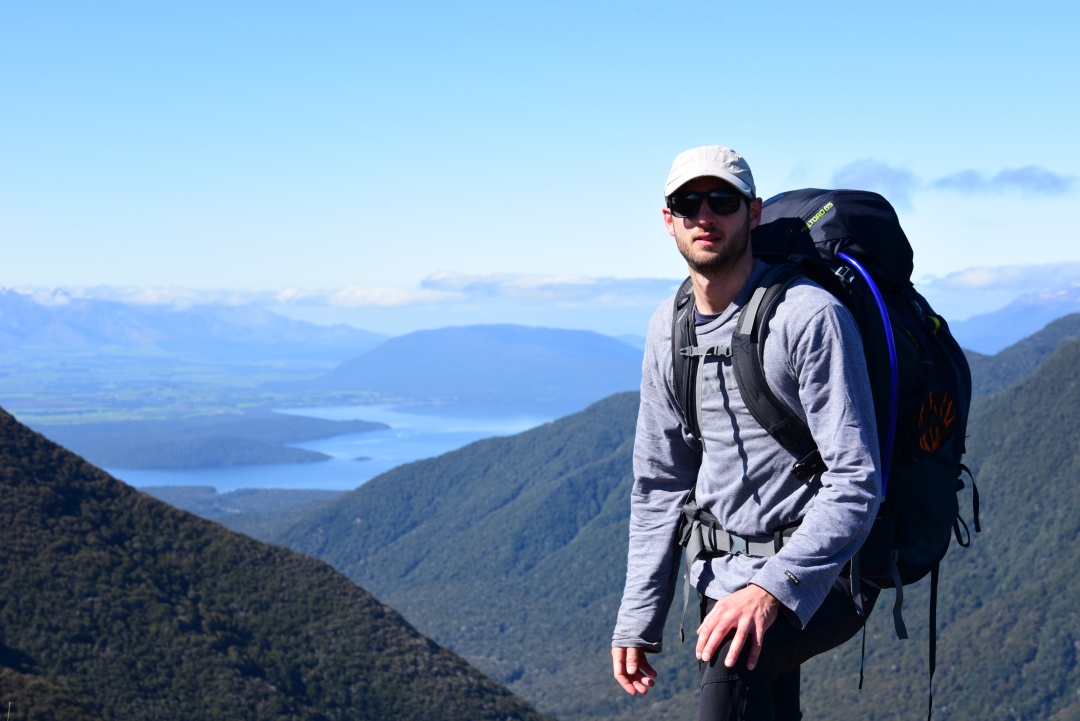
Dr. Ermanno Brosch PhD
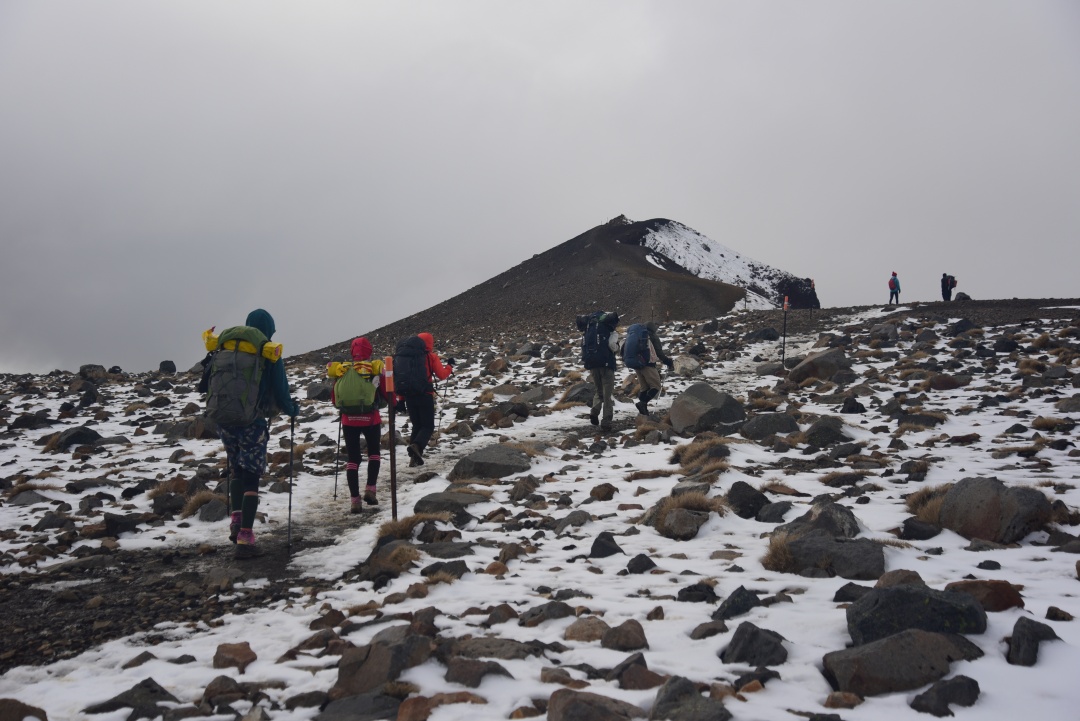
Team returning to base
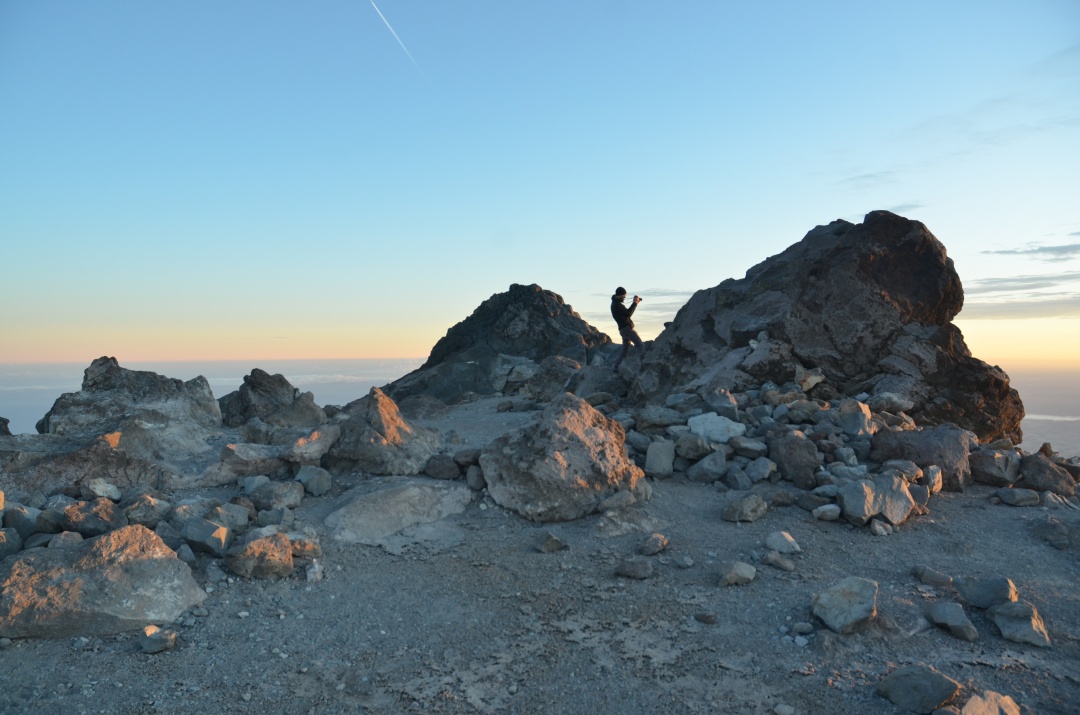
Taranaki summit (New Zealand) 04/2020
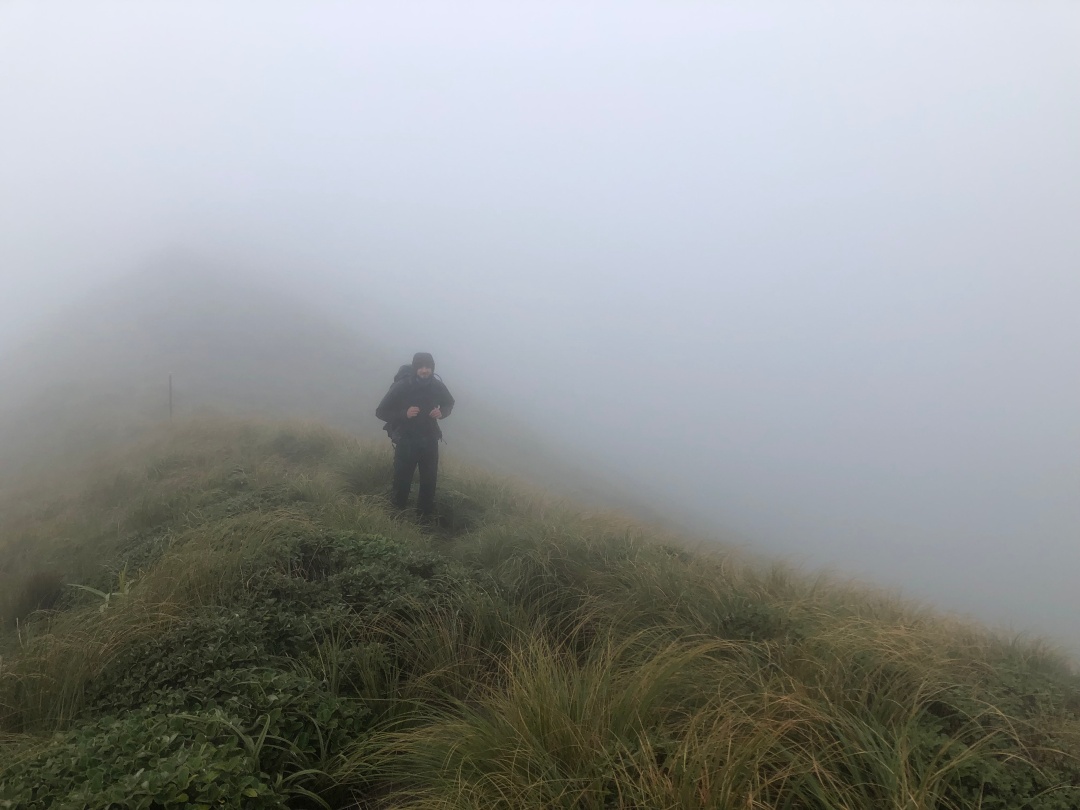
Ruapehu base (New Zealand) 05/2017
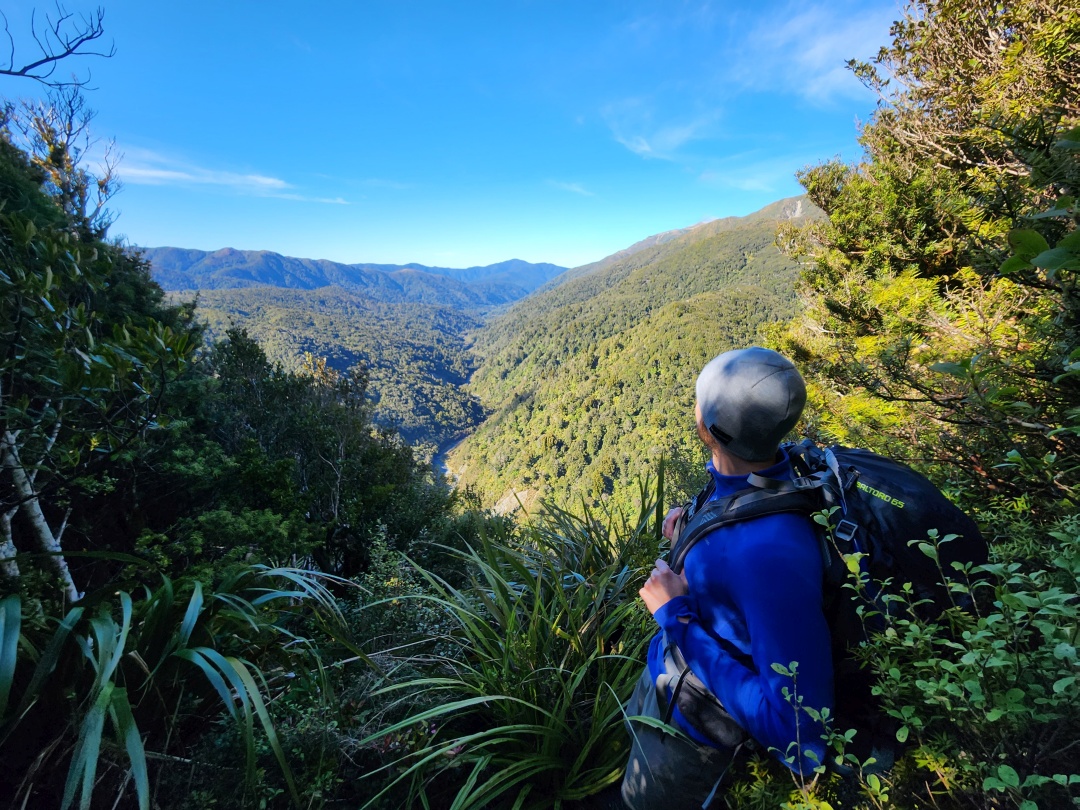
Kepler Track (New Zealand) 11/2021
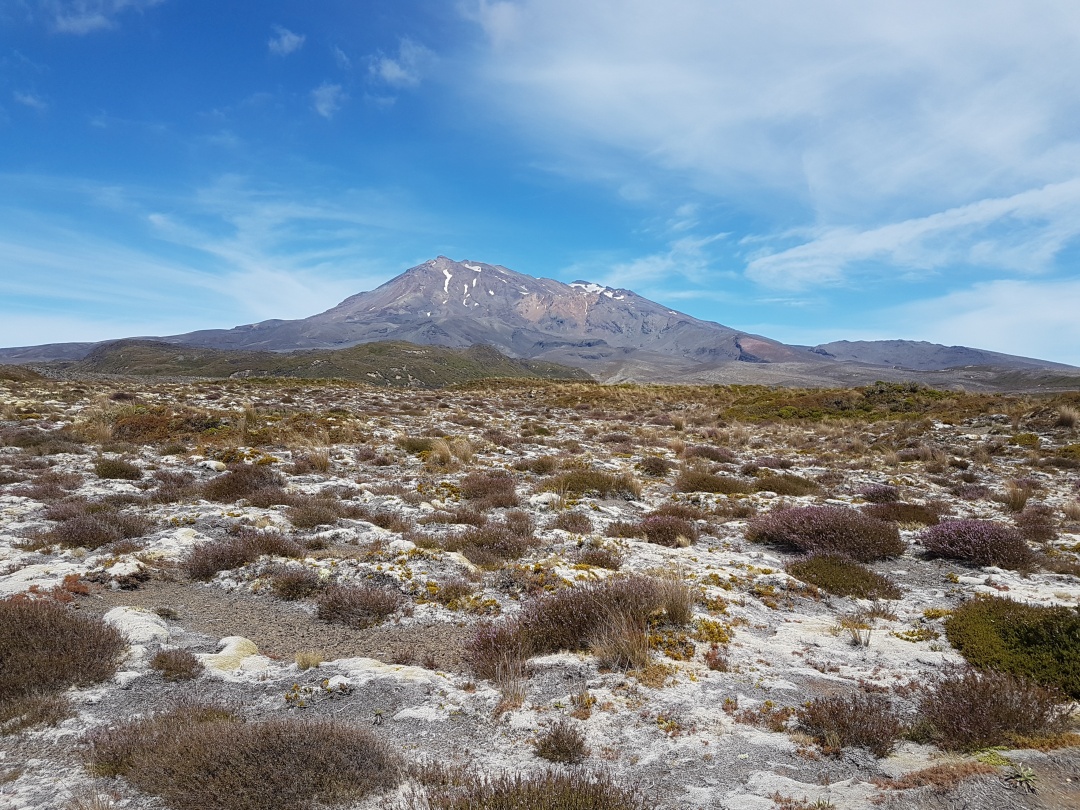
Ruapehu (New Zealand) 6/2021
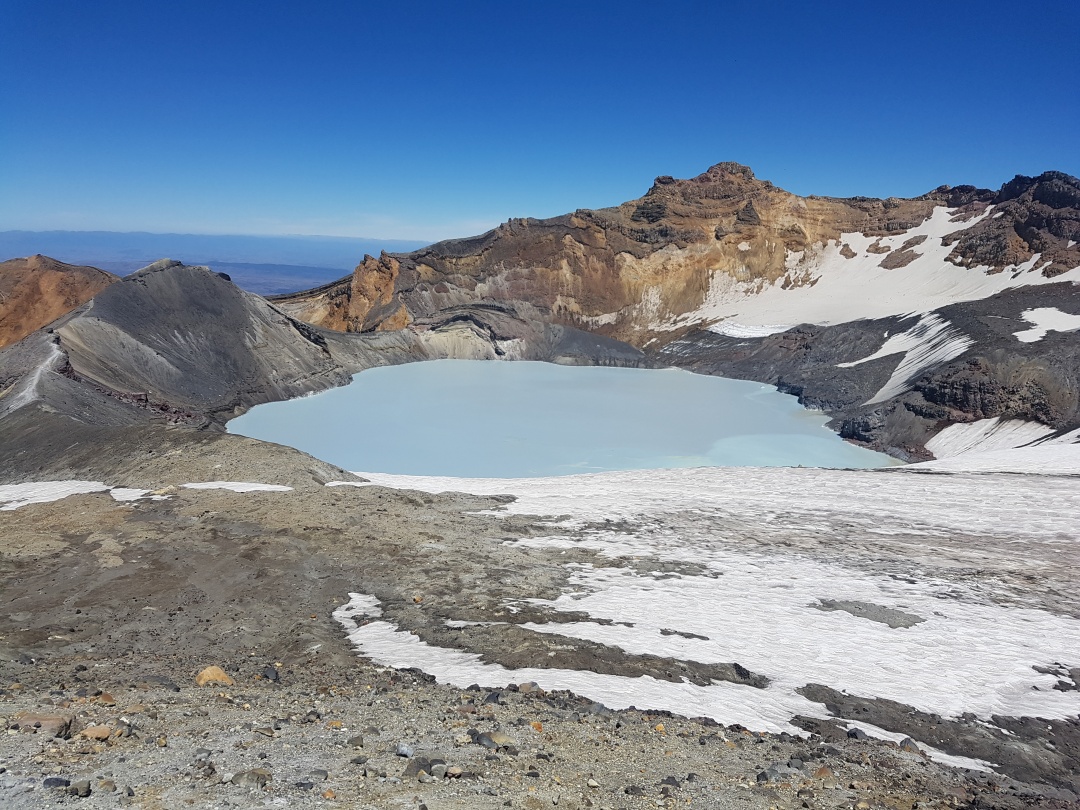
Ruapheu crater Lake (New Zealand) 02/2022
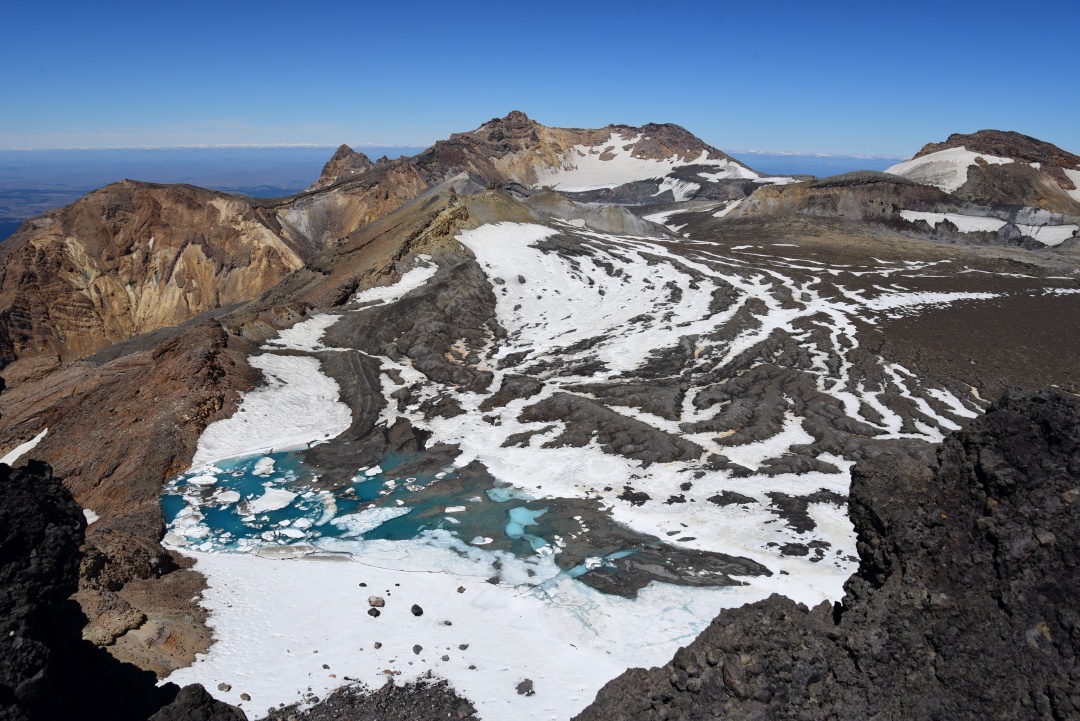
Ruapheu summit (New Zealand) 02/2022
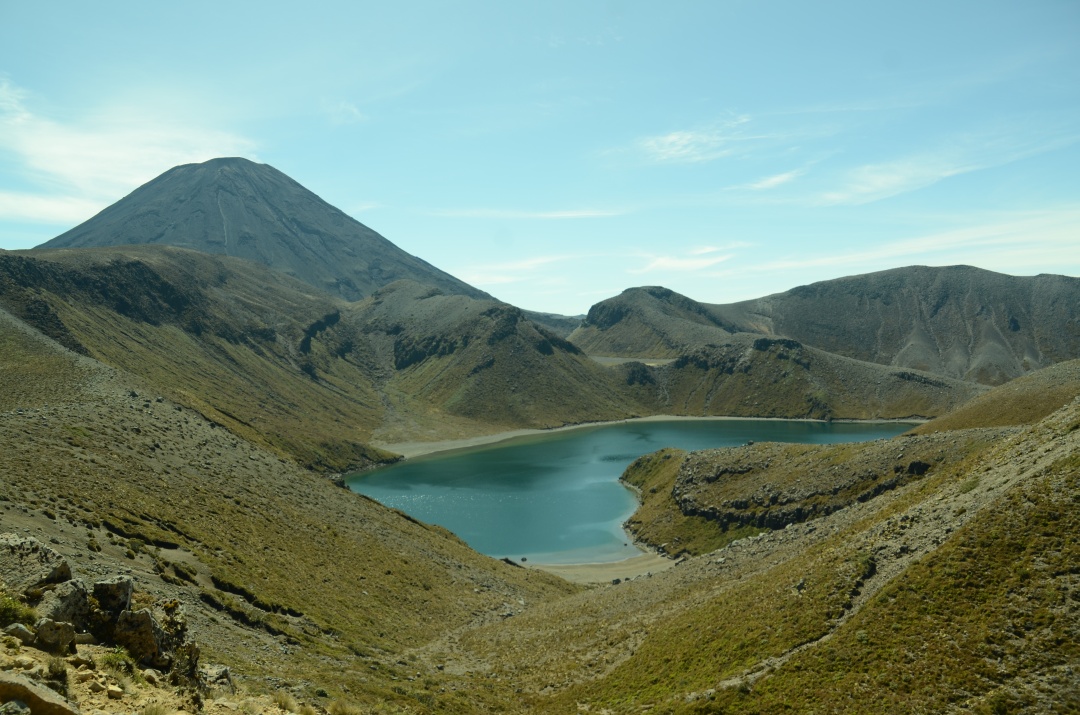
Tama lakes and Ngauruhoe (New Zealand) 02/2017
INTERNATIONAL PARTNERS 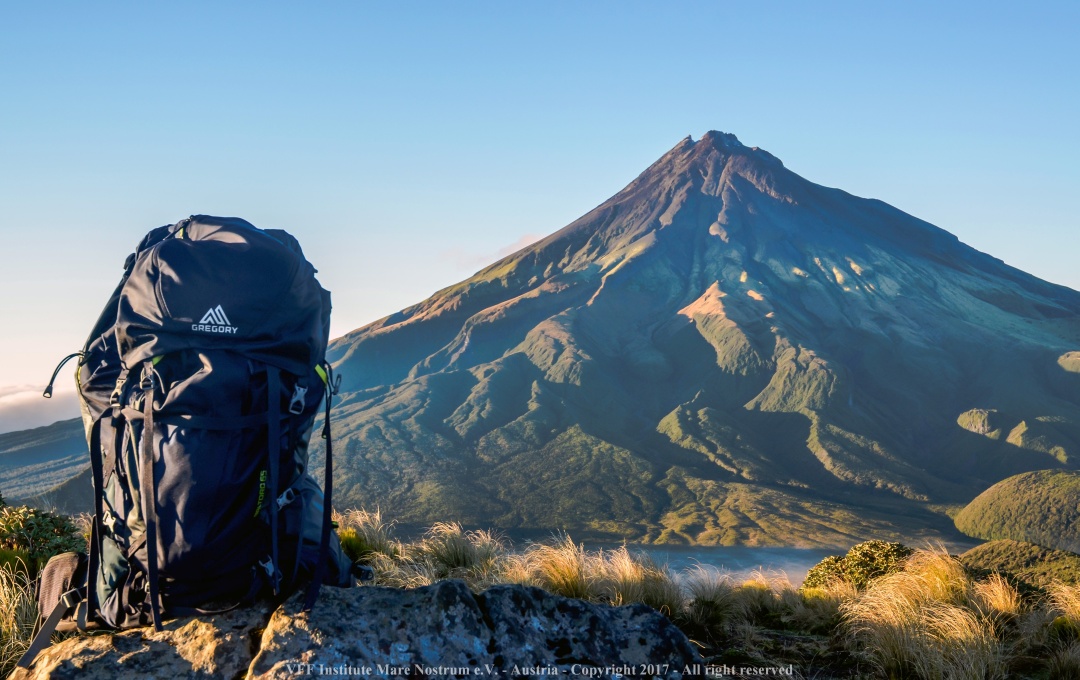 Taranaki ridges (New Zealand) 04/2017
|
||||||||||||||||
|
ABOUT US
|
||||||||||||||||
|
CASE STUDIES The
company name & logos, products name/models & p/n shown in this
web page are properties of:
|
||||||||||||||||
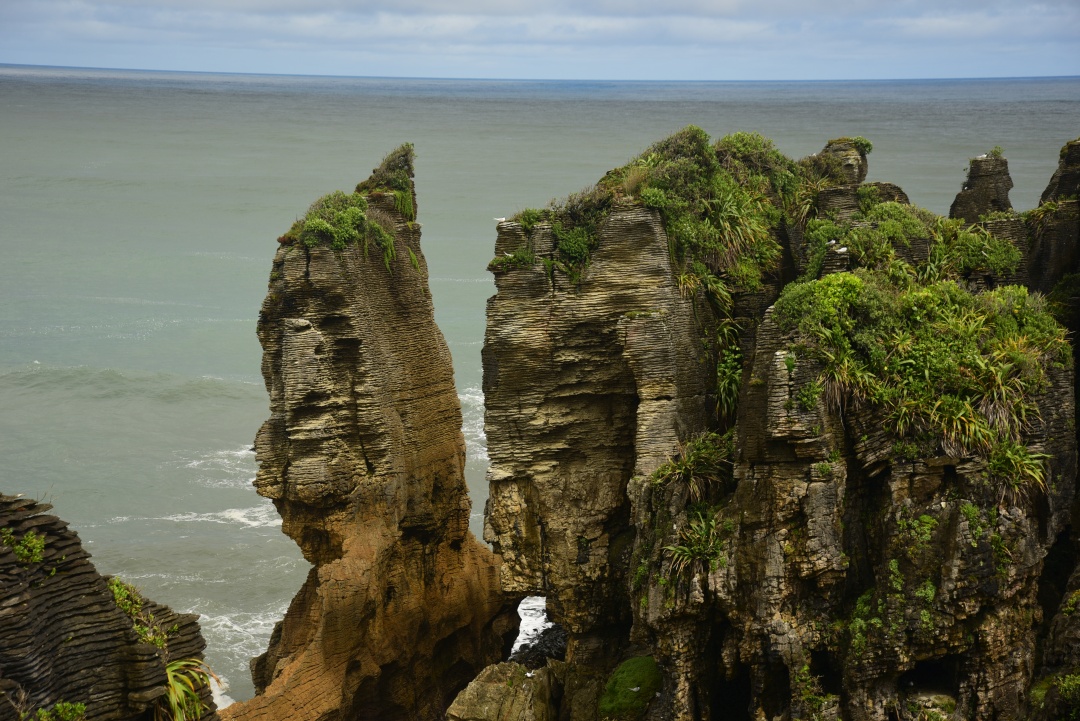
| HOME PAGE | VFF- RESEARCH ORGANISATION | CONTACT |


